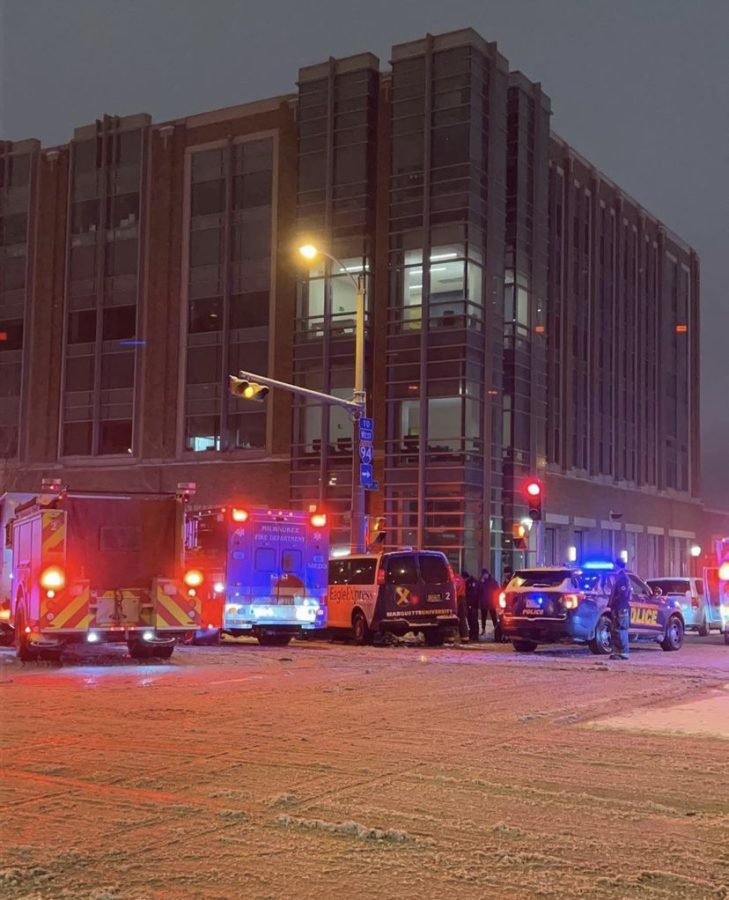In 2018, on a beach in Puerto Vallarta, Mexico, Alder Crocker jogged into the water, tripped, broke his neck and was rendered a quadriplegic. To his surprise, Crocker’s injury gave rise to a crop of new abilities completely foreign prior to the accident. And, while he remains a quadriplegic, now more importantly, he is a painter.
Crocker worked in marketing for 28 years and said that before the accident, he could barely draw stick figures. But now, 60 years-old and residing in Fairfield, CT, he spends most days immersed in his artwork.
One and a half years after his injury, Crocker was introduced to the idea that he may have Acquired Savant Syndrome. According to him, Acquired Savant Syndrome is a rare phenomenon which can occur in individuals who have suffered traumatic brain/spinal injuries, leading to latent creative ability in areas such as math, music and art. His realization was due to a conversation with David Marchi, a man granted similar abilities after breaking his back and hands.
Immediately after hitting the ground and breaking his neck, Crocker said he knew something was different.
“I had an explosion of color in my consciousness,” Crocker said. “It was a black background and there was this [green] circuit board, don’t know why. But, I believe that was actually my spine that my mind was processing. It was reds, and orange, and blue and yellow and whites, [that] just exploded like the most incredible fireworks you could imagine.”
Crocker said he discovered his new talents through art therapy at Kessler Rehab in New Jersey. As soon as he touched brush to canvas, he said his brain was flooded with a wave of colors and ideas. He recounted creating his art based almost entirely off of intuition, subconsciously visualizing the setting of the accident.
“It was an explosion of color in my head. It was literally a color rush, I had ideas just flowing out of my head,” Crocker said. “And, it turns out, when I looked at that painting, a year or so later, it was what looked like waves. So, the first thing I painted was the ocean.”
Once out of his ten-week stint in rehab, Crocker said that returning home was difficult. He described his painting as a guide through this period of uncertainty, and said his work was an avenue for purpose that helped to make sense of his new life.
“I found absolute order in my chaos. It all made sense to me,” Crocker said. “Everything had a logical place and position in my paintings, both consciously and subconsciously.”
When referencing his work, Crocker juxtaposes order and chaos, relating the first years following his accident to a branch of mathematics called Chaos Theory. Crocker said Chaos Theory is the assumption that everything is connected, and that come disconnection, a change occurs. During this time period, he said all of his paintings came together in one specific way, made out of a subconscious order that only he could distinguish.
“When I look at my stuff, some of the stuff just moves around for me. It just moves. I can see the characters actually move around and where they should go,” Crocker said.
Since Crocker’s accident, new roadblocks have appeared. One of the most significant being his divorce in July of 2021, which has forced him to adopt new changes in his life. He said that this has influenced his art, moving away from its previous spontaneity, and adopting a style which exhibits a more ordered chaos.
Crocker had found himself traversing an unknown landscape, but not one he wasn’t willing to navigate. In this time, he said his change in art-style reflected what was needed in the moment. Both consciously and subconsciously, he sought out painting as an emotional outlet, displaying his state of mind on the canvas.
“I had hidden, subconsciously, symbols that reflected where I was and what I wanted to have occur. There are a lot of symbols of strength and yin yang, unity and coming together,” Crocker said. “All of these were hopeful and looking for the future saying I can do this, without really even knowing it.”
Self-reliance has defined this current stage of Crocker’s life. Living alone, he hasn’t been able to look to anyone but himself for the strength he wants to set forth. He had to accept his present circumstances and use them as a jumping point, propelling to a better future.
“It’s been a change and a challenge, realizing, what can I do?” Crocker said.
These days, Crocker has become more and more focused on his legacy. He said he has no plans of letting life pass him by, and sees his paintings as something to give back to the world. His goal is to create art that will help people through hard times, just as it has helped him.
“Painting gave me value, worth and purpose in a way that I never thought I could possibly have,” Crocker said. “It enabled me to realize that my art will be my legacy. It will be something that will live after I die at some point. I thought about it, I [said], I don’t know if I had a legacy before that, other than being a good guy, having a good family, some nice kids. But, I wasn’t going to leave a footprint in the sands of time. And, now I believe I will.”
This story was written by George Kane. He can be reached at george.kane@marquette.edu.







